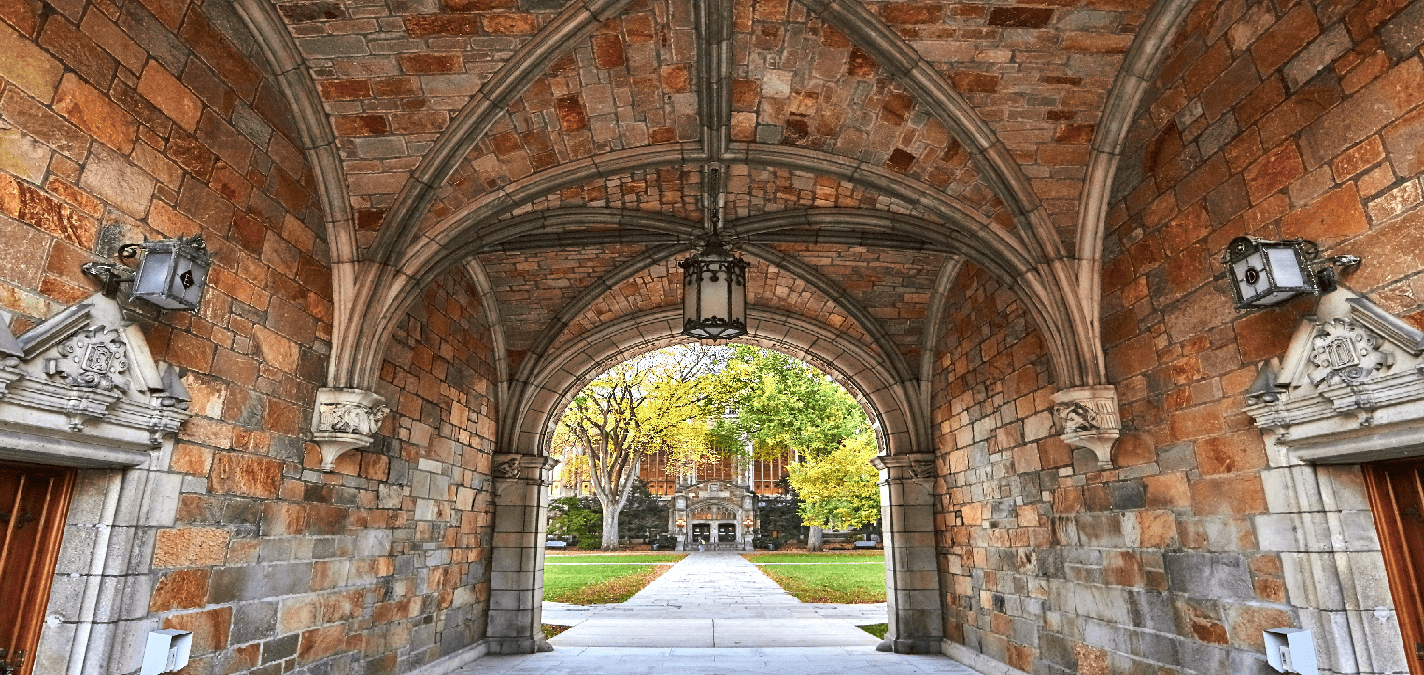Introduction
When preparing to apply to American universities, most parents and students know that universities seek students with both academic and extracurricular accomplishments and awards. An aura of mystery exists around admissions to topy schools such as Harvard, NYU, and UCLA: get the best grades/test scores possible, create a perfect resumé, and use your essays to boast about your academic accomplishments. Believing such a myth, however, can be a blessing and a curse. Whereas the admissions process is subjective, there is no perfect formula for admissions to any given university.
The goal of this post is to inform you how top universities review your application as a whole, how they connect together the three components of your ThinkSTEP Triangle of Talent™–grades, resumé, and personal story–to evaluate your authenticity and overall potential to be a strong member of that university’s community.
A Quick Case Study
Let’s begin with a quick case study between two highly qualified applicants to Ivy League schools. The below chart, profiles of two actual Harvard applicants, paint an equally compelling picture on both sides.
Austin and Emily are practically indistinguishable on paper. Perfect test scores, GPA, and leadership outside of the classroom. Why did Emily get into her dream school, whereas Austin had to settle for a lower choice? Emily, who wants to study history and literature, made her life outside of the classroom also align with those goals. Austin, on the other hand, probably could not make a direct connection between debate and Economics as Emily could make between literature and the student newspaper. In life, this is called synergy. At ThinkSTEP, we call it the Triangle of Talent™.
ThinkSTEP’s Triangle of Talent™
The rule of thumb for US college admissions is that academics count for 66% weight in an application, whereas extracurriculars and personal essays count for 33%. As you can see in the below graphic from Harvard, however, applicants to top universities have indistinguishable academic accomplishments.
Even if Harvard only wanted to admit based upon academics, it still could have only accepted 25% of students with perfect GPAs. This means that the non-academic side of your application becomes the tiebreaker, the most important aspect of your application.
ThinkSTEP’s College Counseling philosophy revolves around aligning students’ natural academic interests with their extracurricular pursuits and personal statements. Our students not only succeed in the classroom but also have a purpose for what they build outside of the classroom. Such a process results in a more authentic, unique, and ultimately more successful college application process. For more information on our process, click here.
Workflow in an Admissions Office
In order to validate the uniqueness of your application in the context of the entire application pool, universities more or less operate their admissions offices similarly to the generic example we provide below. We shall go into detail about each step to allow you to understand how top universities make decisions about students who are equally academically qualified.
Step 1: The Local Reader
When your application arrives in the university’s admissions office, the local expert for your region will be the first to read your application. Did an admissions officer visit your high school? If so, he or she will be the local expert. This reader’s job is to provide context for your application given your resources. Did the student take the most challenging courses that the high school offers? How does this student compare to other students in the region, both academically and personally? If many Taiwanese play the piano, the local reader will automatically be more intrigued by a rare student who plays the drums at a similar skill level. In other words, the local reader first decides who are the most competitive and unique applicants from his region that should be admitted.
Step 2: The Second Reader
The second reader, one who probably knows little about the first reader’s region, places those applicants in a global context. Thus, the reader takes that region’s top students, compares them with the global pool, and makes a decision as to whom should be admitted or denied.
Step 3: (for most applicants): Committee and Final Decision
The committee will debate thousands of applications for anywhere for a couple of minutes up to a half-hour or longer. They will discuss the pros and cons of each applicant, particularly which unique attributes or accomplishments seem more deserving than others. They will also discuss how to create a diverse community through the entire university–”how will this student make our university a better, more unique place?” For the most part, these discussions will focus on qualitative, not quantitative, accomplishments. Numbers will typically come into play if there is an external factor for low grades, such as working after school and on weekends to support a sick family member.
Once the committee concludes its work, final decisions are sent out to all applicants.
Related Articles


Want the latest ThinkSTEP News?
Subscribe to our mailing list!





